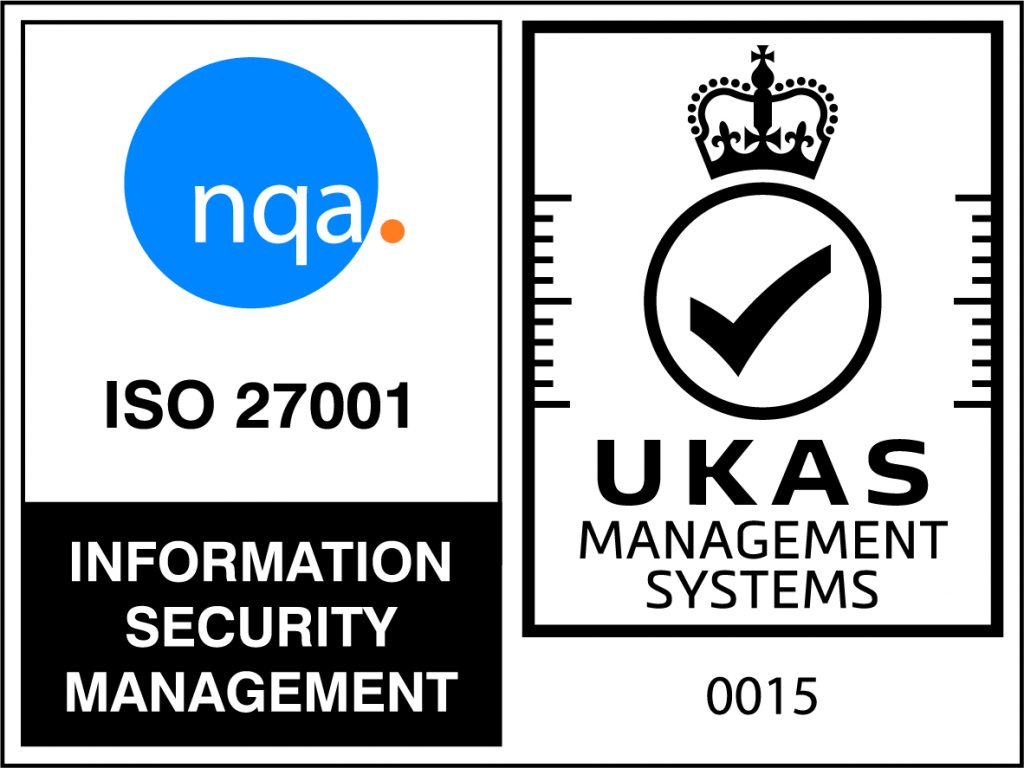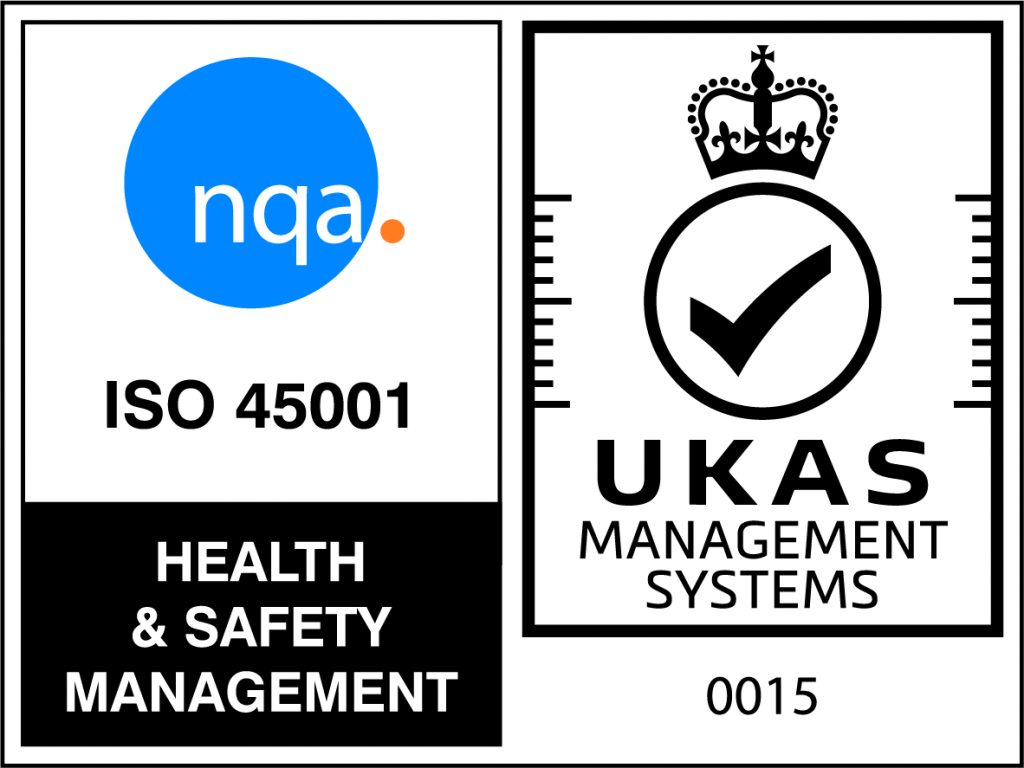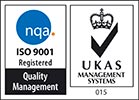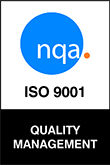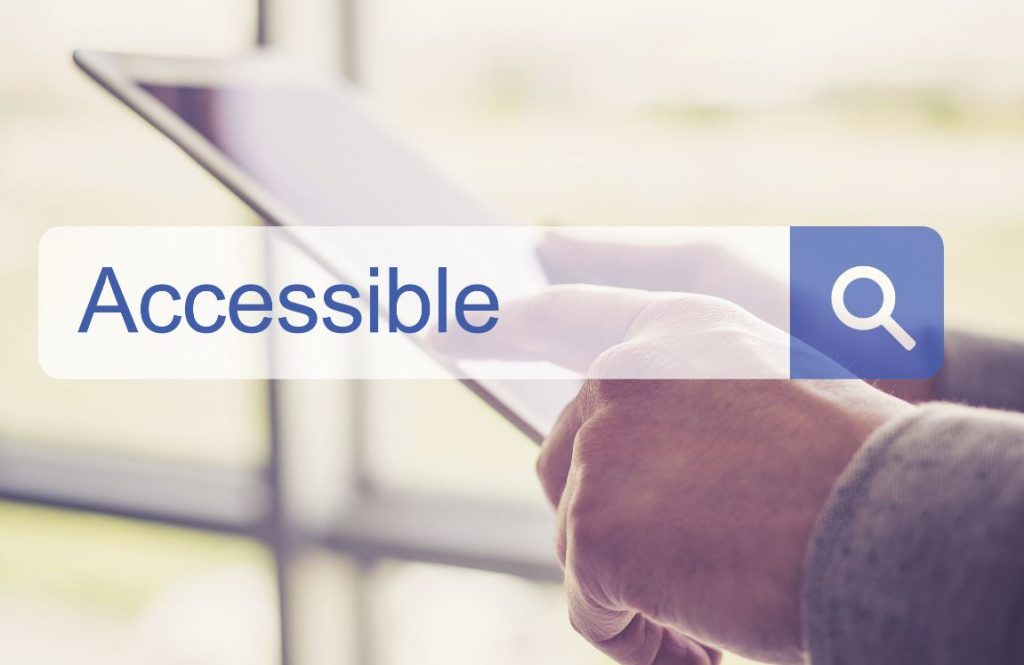 What are Digital Accessibility Requirements?
What are Digital Accessibility Requirements?
Digital Accessibility Requirements (or Guidelines) are part of a series of guidelines published by the Web Accessibility Initiative of the World Wide Web Consortium. They fall into four major principles that define what the content on your site or app must be in order to be usable for those with disabilities:
The guidelines can be challenging, vague at times and require expertise to implement. Requirements and guidelines range from color contrast, alt text, page structure, focus states, forms, PDFs and more.
- Perceivable: Is the information presented in a way that people can access and perceive it with at least one of their senses?
- Operable: Can users navigate and find content, and can people use your interface without a mouse? Are they given plenty of time to complete tasks and read content? Is the content safe from causing a seizure or physical reaction?
- Understandable: Can people understand both your information and how to operate your interface, no matter how they’re accessing your content?
- Robust: Can all kinds of user agents and assistive technologies interpret your interface for those using it? Will you evolve your content as assistive technology evolves to ensure new technologies can interpret it for those trying to access it?
What is the Best Way to Test for Compliance?
Web accessibility testing is fundamental to ensuring people with disabilities are able to use your website without barriers. There are both manual methods and automated testing tools available to help bring your site into accessibility compliance.
Manual testing involves having human testers perform a range of tests to ensure the website is actually usable for individuals with disabilities. Similar to any type of editing or quality assurance, you’re able to get an entirely new viewpoint with each person who performs manual testing.
Automated testing is the process of using software tools designed to find accessibility issues. These tools have evolved quite a bit over the past few years, so it’s no longer difficult to find a range of tools available to help you adhere to accessibility guidelines. In fact, there are browser extensions, command-line tools and much more. These tools should be used at the beginning of the design process and periodically throughout to catch issues before they go into production.
Find out more about accessibility for web developers
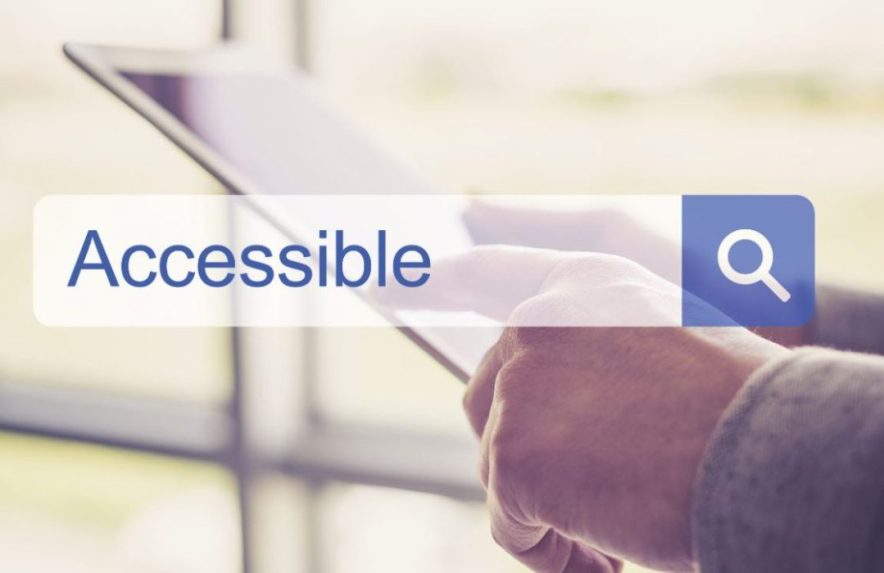

 Back to News
Back to News









